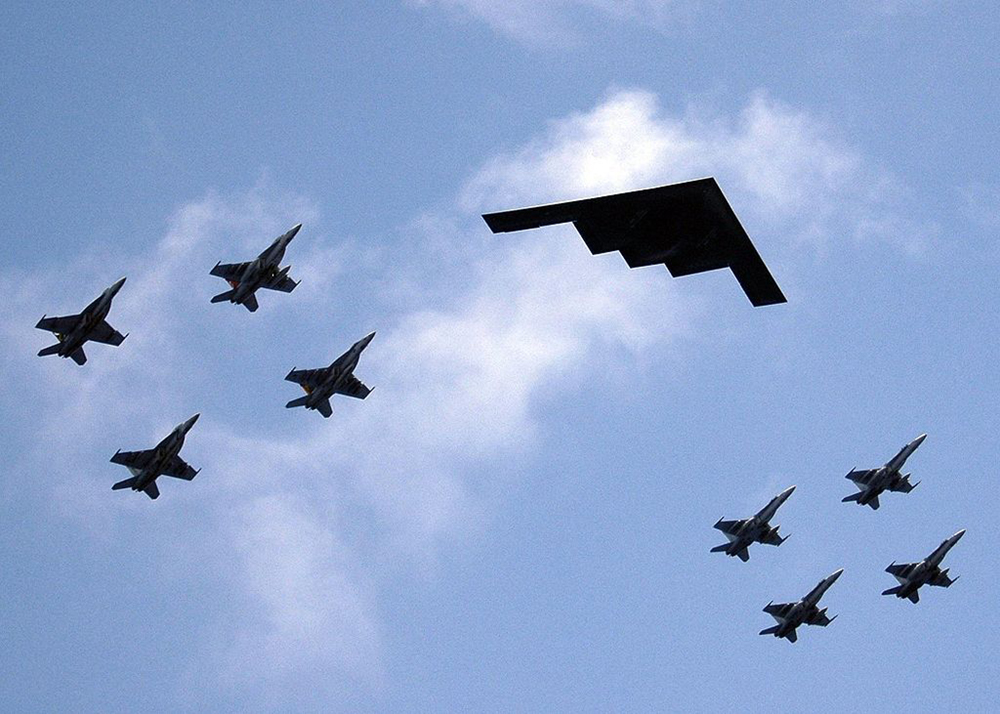| << Chapter < Page | Chapter >> Page > |
Sociologists rely on organizational frameworks or paradigms to make sense of their study of sociology; already there are many widely recognized schemas for evaluating sociological data and observations. Each paradigm looks at the study of sociology through a unique lens. The sociological examination of government and power can thus be evaluated using a variety of perspectives that help the evaluator gain a broader perspective. Functionalism, conflict theory, and symbolic interactionism are a few of the more widely recognized philosophical stances in practice today.
According to functionalism, the government has four main purposes: planning and directing society, meeting social needs, maintaining law and order, and managing international relations. According to functionalism, all aspects of society serve a purpose.
Functionalists view government and politics as a way to enforce norms and regulate conflict. Functionalists see active social change, such as the sit-in on Wall Street, as undesirable because it forces change and, as a result, undesirable things that might have to be compensated for. Functionalists seek consensus and order in society. Dysfunction creates social problems that lead to social change. For instance, functionalists would see monetary political contributions as a way of keeping people connected to the democratic process. This would be in opposition to a conflict theorist who would see this financial contribution as a way for the rich to perpetuate their own wealth.
Conflict theory focuses on the social inequalities and power difference within a group, analyzing society through this lens. Philosopher and social scientist Karl Marx was a seminal force in developing the conflict theory perspective; he viewed social structure, rather than individual personality characteristics, as the cause of many social problems, such as poverty and crime. Marx believed that conflict between groups struggling to either attain wealth and power or keep the wealth and power they had was inevitable in a capitalist society, and conflict was the only way for the underprivileged to eventually gain some measure of equality.
C. Wright Mills (1956) elaborated on some of Marx’s concepts, coining the phrase power elite to describe what he saw as the small group of powerful people who control much of a society. Mills believed the power elite use government to develop social policies that allow them to keep their wealth. Contemporary theorist G. William Domhoff (2011) elaborates on ways in which the power elite may be seen as a subculture whose members follow similar social patterns such as joining elite clubs, attending select schools, and vacationing at a handful of exclusive destinations.


Notification Switch
Would you like to follow the 'Introduction to sociology 2e' conversation and receive update notifications?